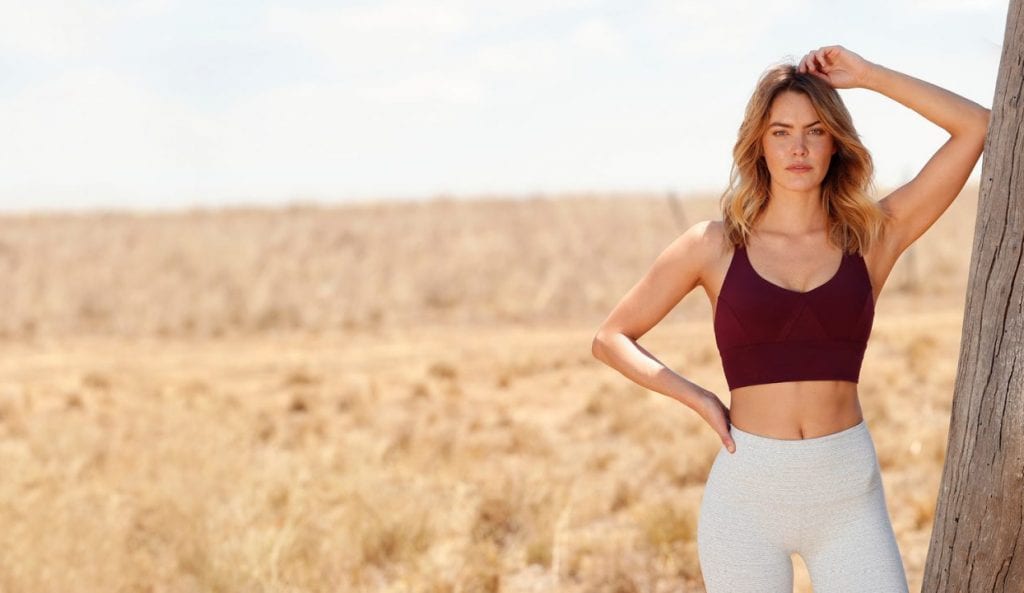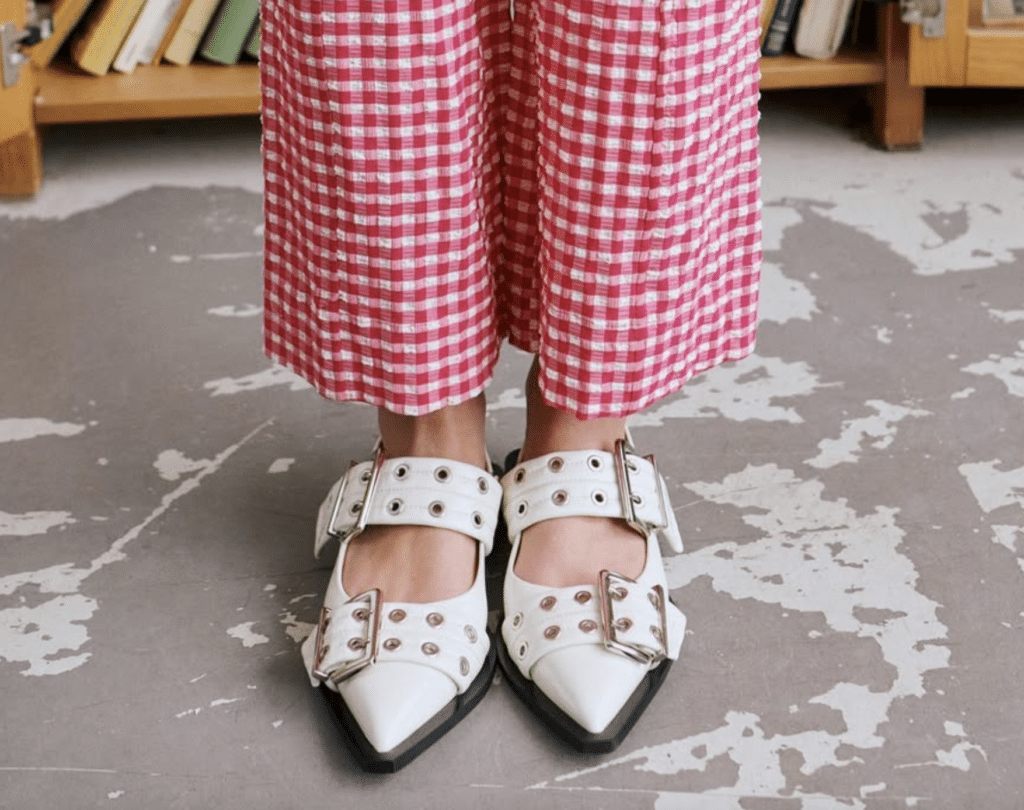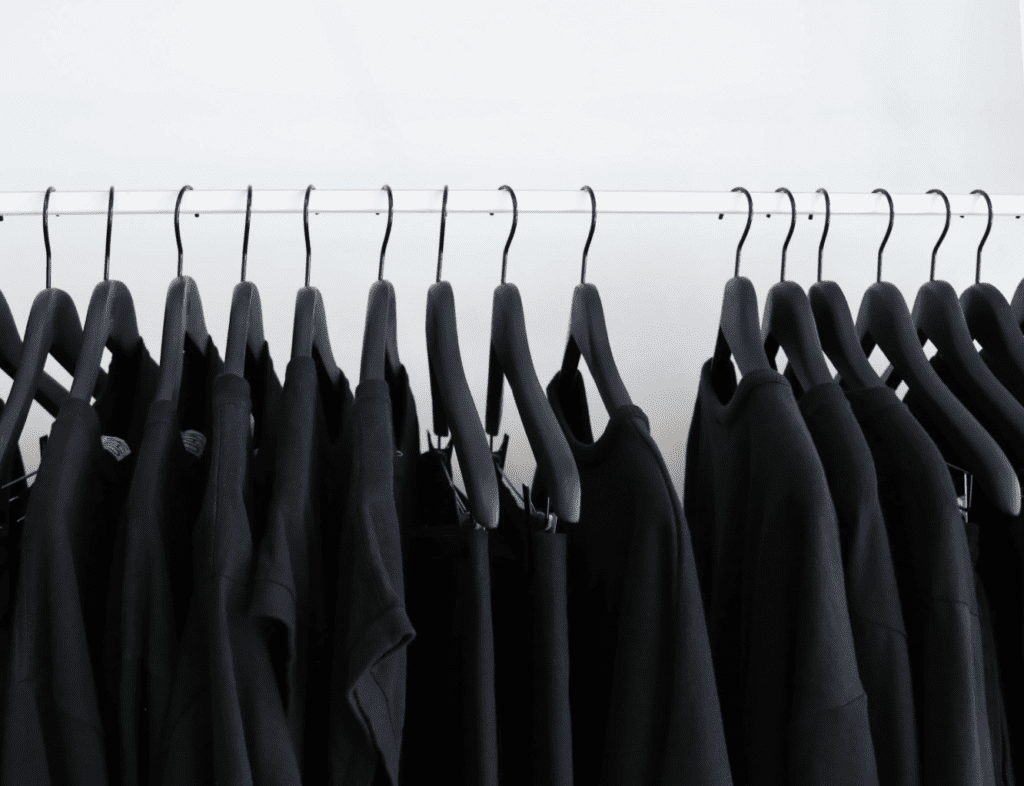Lorna Jane recently introduced an “anti-viral” line of its activewear, called LJ Shield. The launch by the Brisane, Australia-based activewear brand generated significant backlash from medical professionals in light of claims on its website that “anti-virus activewear” protects from infectious diseases and for implying it was effective against COVID-19. Shortly after the roll out, the popular brand has back pedaled and removed any mention of LJ Shield being antiviral from its marketing. But it still claims the product is “antibacterial.” As it turns out, the brand had been slapped with a nearly $30,000 fine by Australian regulators.
How does the product “work”?
The 30-year old brand’s LJ Shield offerings differ from its main collection in that its new wares are coated with “a long-lasting, non-toxic shield that helps protect garments against odor causing bacteria and mold.” According to Lorna Jane, the coating – which is a product of Utah-based biotech company Fuze – “is applied as a water-based, non-toxic mist which adheres to the fabric during the manufacturing process.” It is say to “reduce the growth of bacteria on fabric and surfaces by more than 99 percent.”
There is not a lot of detail given on how – exactly – the LJ Shield technology works, except that it is based on nanoparticles that can break open and kill bacterial cells. Fuze has, however, published some data on their website showing their coating can prevent bacterial growth, including providing odor control while enhancing UVA/UVB protection, hyper-evaporation and cooling.
The idea of coating fabrics to provide benefits to the wearer is not entirely new. For instance, lab studies that centered on coating textiles with chemicals or metal nano-particles like silver – by way of a range of approaches – in order to create antimicrobial activity have provide compelling results. But antibacterial activity in a controlled laboratory environment does not always translate to antibacterial activity on our bodies. Ultimately, whether such chemical techniques make a difference when it comes to the likelihood of disease transmission is the important question here — and the answer, in all likelihood, is no.
One study showed bacteria from sweat can multiply on synthetic materials (although the researchers incubated the material in almost 100 percent humidity which is not very close to real-world conditions). Sweat and skin bacteria are a normal part of our biology and are unlikely to cause an infection anyway. Meanwhile, in health-care settings like hospitals, pathogenic bacteria can survive on fabrics for many days, with synthetic fabrics and humid conditions favoring their growth. But again, it is not clear how much of a risk transmission via fabric is versus other modes of transmission, such as via a person’s hands.
As for whether antimicrobial materials can offer protection in this context, one randomized trial found these were not effective at reducing the numbers of bacteria on hospital scrubs. So, even in a health-care environment where the risk of infection is higher than in the community, the effectiveness of antimicrobial materials for reducing transmission remains to be confirmed.
What about viruses?
Viruses generally survive on fabric for shorter times than bacteria, with a SARS coronavirus isolate from the 2003 coronavirus outbreak, for instance, found to survive less than 24 hours on cotton. With that in mind, it is possible that if a pathogenic bacteria or virus landed on your clothes, it could survive there for one or more days. Whether that would result in an infection would depend on a number of other factors, like the infectious dose (the number of cells or viral particles needed to cause an infection) and the route of transmission (how it enters your body).
While the ability to survive on fabrics may lead to disease transmission in a hospital setting, you are far more likely to contract a respiratory infection like COVID-19 by breathing in contaminated droplets or touching a contaminated surface. Therefore, even if this technology was proven to prevent bacteria or viruses from growing on your clothes, it is not likely to have much impact on your risk of getting sick.
There’s no evidence it will work
Against this background and in light of the continued severity of COVID-19, the marketing claims made by Lorna Jane were met with significant pushback. In connection with the probe by the Therapeutic Goods Administration, a regulatory body for therapeutic goods in Australia, Department of Health Deputy Secretary John Skerritt said, “This kind of advertising could have detrimental consequences for the Australian community, creating a false sense of security and leading people to be less vigilant about hygiene and social distancing.”
Around the very same time, a Lorna Jane spokesperson asserted, “Our testing shows that LJ Shield is an important part of stopping the spread of both bacterial and viral infections and should be used in combination with other precautionary measures such as face masks and thorough and frequent hand washing.”
So, despite removing the word “antiviral” from promotional materials, it seems Lorna Jane is still claiming this product could help prevent the spread of viral infections. This is striking, as even if the LJ Shield fabric is antibacterial, there is no evidence to suggest this product affects the survival of viruses, including the one that causes COVID-19. After all, viruses are not the same kind of organisms as bacteria, which is why antibiotics (which kill bacteria) do work for viral infections.
Many antimicrobial products exist on the market. The important question at play – when it comes to LJ Shield products and other similarly-marketed wares – is not so much whether they can kill microorganisms, but whether using those products actually reduces your risk of getting sick. Again, in many cases, the answer is no. Brands would be wise to keep this in mind when crafting their marketing campaigns, as the Lorna Jane matter clearly demonstrates that regulators are on alert.
Dr. Catherine Burke is a Senior Lecturer at the University of Technology Sydney’s School of Life Sciences. (Edits/additions courtesy of TFL)











